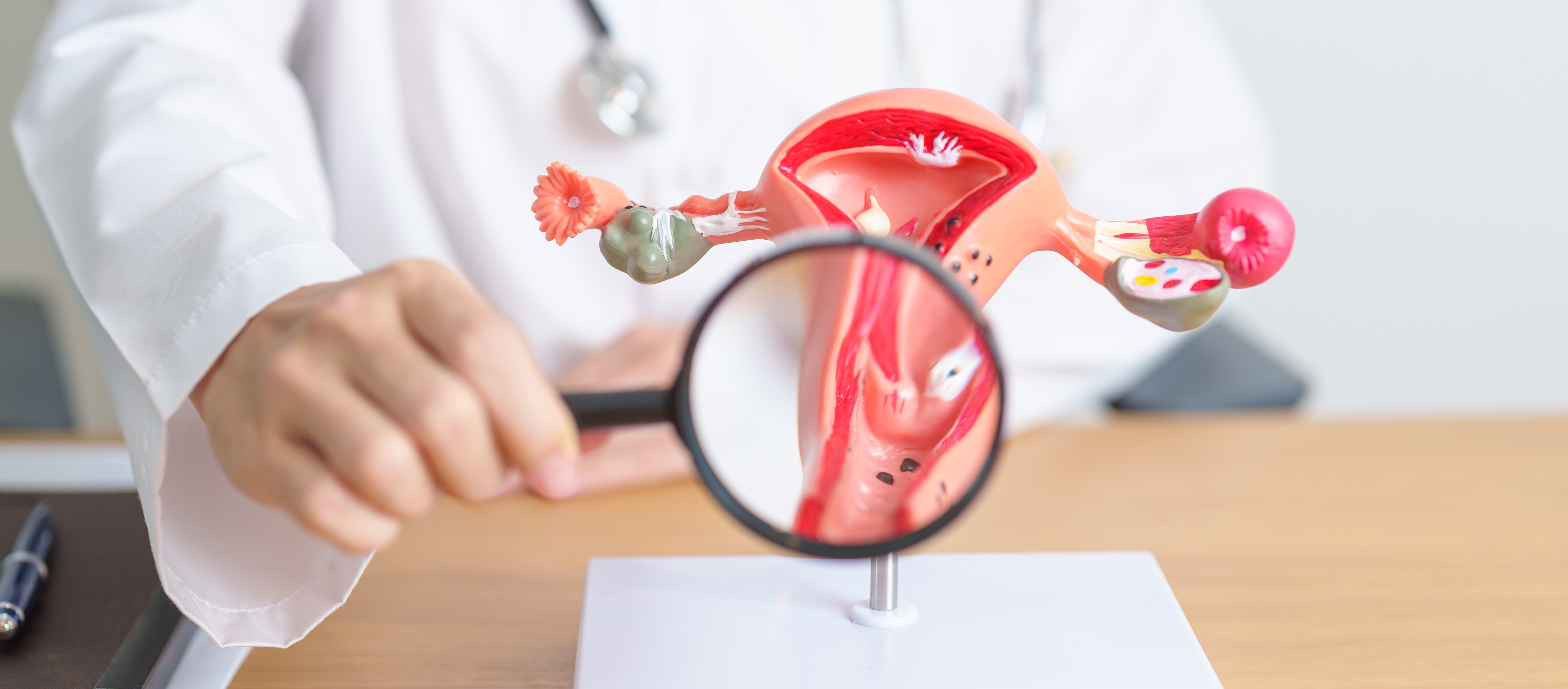Stomach pain (Abdominal Pain) - Causes, Treatment, Diagnosis & Home remedies
Written By: Dr. Shamsheer Kote
Updated On:December 26, 2023

Stomach pain is a common condition that affects everybody, at some point in life. From children to the elderly, everyone has suffered from abdominal pain in their lifetime. Some may experience severe stomach pain that doesn’t let them move and others may experience mild stomach pain that resolves spontaneously.
What is Abdominal Pain?
Although abdominal pain is synonymously used with stomach pain, it is important to note that abdominal pain can refer to the pain of other organs apart from the stomach. Abdominal pain is described as pain or ache between the ribs and pelvis that may present with varying intensity and severity.
Abdominal pain can be dull, cramping, shooting, or stabbing, and the description of pain depends on the cause of the pain.
Types of Abdominal Pain
Abdominal pain is divided into four main types based on the location of the pain. These types of pain are synonymous with the four different regions of the abdomen. The abdomen is a huge part of the torso and holds several organs of the digestive system. To better understand where the pain is originating from and which organ could be affected organ, the abdomen is divided into four quadrants.
Right upper quadrant
- This quadrant houses the liver, gallbladders, bile ducts, and kidneys.
Right lower quadrant
- This quadrant houses the appendix and the first part of the colon.
Left upper quadrant
- This quadrant has the stomach, pancreas, spleen, part of the intestines, kidneys, and ovaries.
Left lower quadrant
- This quadrant houses the ovaries and the colon.
What does Abdominal Pain in Each Quadrant Mean?
Possible Causes of Pain in Right Upper Abdominal Quadrant
- Hepatitis (alcoholic, toxic, metabolic, viral or autoimmune).
- Gallstones.
- Cholecystitis (gallbladder inflammation).
- Bile duct cancer, stones and strictures.
- Gallbladder cancer.
- Liver cancer
- Kidney infection.
- Kidney stone.
- Duodenal ulcer.
- Large bowel obstruction.
Possible Causes of Pain in Right Lower Abdominal Quadrant
- Endometriosis.
- Ovarian cysts.
- Pelvic inflammatory disease.
- Ectopic pregnancy.
- Ovarian cancer.
- Uterine cancer.
- Appendicitis
- Appendix cancer
Possible Causes of Pain in Left Upper Abdominal Quadrant
- Pancreatitis (inflamed pancreas).
- Pancreatic cancer.
- Splenomegaly (enlarged spleen).
- Gastritis.
- Stomach ulcer.
- Bile reflux.
- Stomach cancer.
- Kidney infection.
- Kidney stone.
- Left upper quadrant pain can also be referred from the chest.
Most commonly, the referred pain is due to:
- Heartburn.
- Angina.
- Noncardiac chest pain.
- Heart attack.
- Pericarditis.
- Pneumonia.
- Pleurisy.
- Pulmonary embolism.
Possible Causes of Pain in Left Lower Abdominal Quadrant
- Endometriosis.
- Ovarian cysts.
- Pelvic inflammatory disease.
- Ectopic pregnancy.
- Ovarian cancer.
- Uterine cancer.
- Diverticulitis
- Diverticulosis
Causes of Stomach Pain
Causes of abdominal or stomach pain can be divided into three major categories; digestive issues, inflammation, and gynaecological issues.
- Digestive issues
- Indigestion.
- Gas and gas pain.
- Constipation.
- Diarrhea.
- Food allergies and intolerances.
- Food poisoning.
- Inflammation
- Viral gastroenteritis (stomach flu).
- Peptic ulcer disease.
- Chronic acid reflux (GERD).
- Urinary tract infection (UTI).
- Female Gynaecological Issues
- Menstrual cramps.
- Ovulation pain.
When to Visit a Doctor for Stomach Pain?
- Stomach pain, in most cases, resolves spontaneously and is not indicative of any major underlying issue.
- However, if the following symptoms occur, you should seek immediate medical help:
- Persistent fever.
- Persistent nausea or vomiting.
- Blood stools, urine or vomit.
- Swelling and tenderness to the touch.
- Jaundice (yellowing of the eyes and skin).
- Sudden pain in any other part of your body.
- Shortness of breath or trouble breathing.
- Worsening symptoms with exertion.
Treatment of Acute Abdomen and Stomach Pain
Treatment of abdominal pain requires treatment of the underlying issue. A stomach ache that resolves within 24 to 48 hours does not require any treatment, except supportive treatment. In most cases, abdominal pain requires:
Bowel Comfort:
- Medications: Over-the-counter remedies such as antidiarrheal drugs (e.g., loperamide) or medications to alleviate constipation (e.g., stool softeners, laxatives) may be used depending on the nature of bowel discomfort.
- Dietary changes: Incorporating foods rich in soluble fibre (e.g., oats, apples, bananas) can help regulate bowel movements and ease discomfort associated with diarrhoea or constipation. Avoiding trigger foods such as spicy or greasy foods may also be beneficial.
Staying Hydrated:
- Oral rehydration solutions: These solutions contain a precise balance of electrolytes (such as sodium and potassium) and glucose to help replenish fluids and electrolytes lost due to diarrhoea or vomiting.
- Clear fluids: Sipping on clear fluids like water, herbal teas, broth, or electrolyte-rich beverages (e.g., sports drinks) can help prevent dehydration and maintain hydration levels.
Heat Therapy for Gynaecological Concerns:
- Heating pads: Applying a heating pad or warm compress to the lower abdomen can help alleviate menstrual cramps or abdominal discomfort associated with gynecological conditions like endometriosis or pelvic inflammatory disease.
- Warm baths: Soaking in a warm bath can also provide relief from gynaecological-related abdominal pain by relaxing muscles and promoting blood flow to the pelvic area.
Home-remedies:
- Peppermint tea: Peppermint has natural antispasmodic properties that can help relax the muscles of the digestive tract, providing relief from abdominal cramps and discomfort.
- Ginger: Ginger tea or ginger supplements may help alleviate nausea and soothe an upset stomach. Ginger has anti-inflammatory and digestive properties that can help reduce abdominal pain and bloating.
- Chamomile tea: Chamomile tea is known for its calming and anti-inflammatory properties, which can help ease stomach discomfort, reduce gas, and promote relaxation.
- Lemon water: Drinking warm lemon water may help stimulate digestion, relieve bloating, and reduce abdominal discomfort, particularly when consumed first thing in the morning on an empty stomach.
Home Remedies for stomach and abdominal pain
There are several tested and tried home remedies for the management of abdominal pain.
Some of the common home remedies include:
- Ginger.
- It is a natural anti-inflammatory root that has been used for centuries in Traditional Medicine to provide relief from stomach aches and pains.
- Although it is best to chew on fresh ginger for your stomach ache, you can also consume it in tea, chews, and cough drops form.
- Peppermint tea.
- Peppermint is another ingredient that works wonders for stomach ailments.
- The heat from the peppermint tea with the antioxidant properties of peppermint work together to provide almost immediate relief from abdominal pain.
Chamomile tea:
- Chamomile tea is known for its relaxing properties.
- These relaxing properties don’t just work against your mental stress but also work on gastric stress.
- Eating unhealthy foods and not maintaining a balanced diet can put immense stress on the stomach.
- A warm cup of chamomile tea can help relieve stomach ache and alleviate other associated symptoms.
- Apple cider vinegar.
- Drinking a cup of water with a tablespoon of apple cider vinegar mixed in can neutralise the stomach and promote the growth of healthy bacteria in the stomach.
- This allows you to improve your overall gut health and not just provide momentary relief from stomach ache and abdominal discomfort.
Meet our doctors from the Gastroenterology department
























